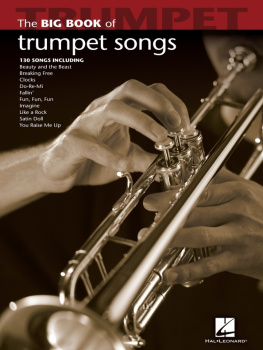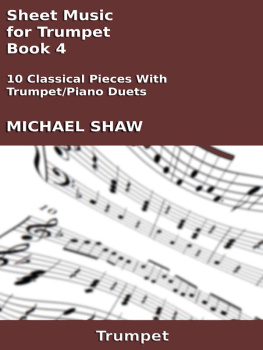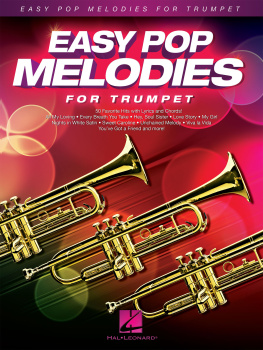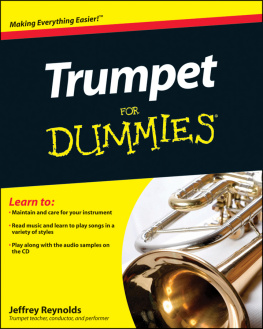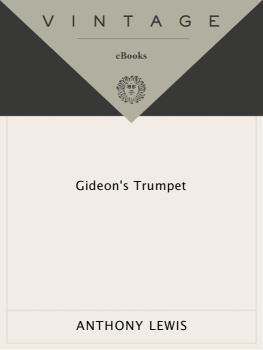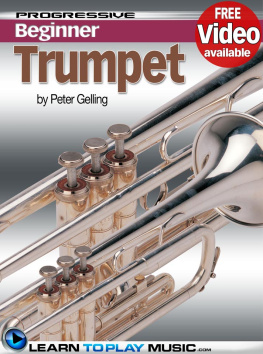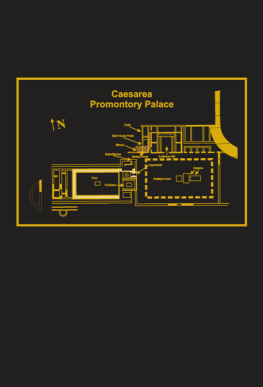Louis Harris Carla Tyler
HOW TO PLAY
TRUMPET
IN EASY WAY
A Complete beginners Guide illustrated Step by Step.
Basics, Features, Easy Instructions, Practice Exercises
to Learn How to Play the Trumpet
Copyright 2020 publishing.
All rights reserved.
Author: Louis Harris
No part of this publication may be reproduced, distributed or transmitted in any form or by any means, including photocopying recording or other electronic or mechanical methods or by any information storage and retrieval system without the prior written permission of the publisher, except in the case of brief quotation embodies in critical reviews and certain other non-commercial uses permitted by copyright law.
Table Of Contents
Introduction..
How is the sound delivered?..................................
What does the trumpet sound like?......................
SETTING UP
Assembly.
Disassembly..
LEARNING TO PLAY TRUMPET.
Posture..
Basic Posture Mistakes.
Hand Position..
Normal Hand Position Mistakes.
Air Support.
Embouchure..
The First Sounds..
Normal Embouchure Problems..
The Overtone Series..
Tuning the Trumpet...
Valve Combinations
What to Practice..
TAKING CARE OF YOUR TRUMPET
How to Buy a Beginner Trumpet.
Practice Exercises...
Introduction
A trumpet is produced using metal and is round and hollow fit as a fiddle comprising of 4 feet 7 creeps of tubing wrapped into the minimized shape with a cup shape mouthpiece and a moderate size ball toward the end.
There is an assortment of trumpets in the trumpet family.
The cutting edge trumpets we know about today have three valves and were first made in the 1820s. earlier trumpets didn't have valves.

How is the sound delivered?
The trumpeter or trumpet player delivers the sound by:
1. Squeezing the mouthpiece to their mouth.
2. Blowing air through shut lips causing the lips to vibrate.
3. The humming sound created from this activity sets the segment of air inside the container of the instrument vibrate.
4. The player controls the sound delivered by adjusting the pressure of the lips.
Low sounds are created when the players lips are genuinely slack making all the air in the cylinder vibrate.
Higher sounds are created when the player fixes his lips subsequently making just divisions of the air vibrate. These higher sounds are called common music. Each cylinder creates an alternate arrangement of music relying upon the length.This produces a constrained scope of sounds in a couple of keys. To get a more extensive scope of sounds the cutting edge trumpet player can push down the three valves motel a scope of arrangements which will open different additional lengths of tubing hence changing the length of tubing.
What does the trumpet sound like?
The trumpet has both a penetrating, brazen sound and a delicate, quieted sound. It is more splendid and infiltrating than the trumpet or horn. The tone of the trumpet can be changed when a quiet is put in the ringer of the instrument. A quiet is a cone made of cardboard, fiber, felt or metal.
The trumpet player peruses music utilizing notes put on the treble clef, plays music quicker than different metal instruments and plays notes going more than two octaves from F-sharp beneath center C to Cover the treble clef, anyway a few trumpeters can expand this range.
Case of a trumpet piece
The Last Post is a notable bit of music played by a cornet or trumpet player. It is a trumpet call utilized at Commonwealth military burial services and functions recognizing the individuals who have fallen in war. It is utilized particularly on Remembrance Day in Commonwealth Nations and furthermore on Anzac Day in Australia and New Zealand.
A trumpet call is a short tune, letting one know of booked and certain non-planned occasions on an army base, combat zone, or ship. It comprises of notes from a solitary hint arrangement and subsequently no valves should be moved. One key might be preferred over the others.
It would be ideal if you note that a trumpet can play practically any sort of music including old style, jazz, rock, blues, pop, funk.
Case of a trumpeter
Louise Armstrong otherwise called Satchmo or Pops was one of the best jazz trumpeters ever is. He was likewise known for his singing with a rough performing voice and affected jazz. He was brought into the world August 4, 1901 in New Orleans, Louisiana. And kicked the bucket July 6, 1971 from a respiratory failure.
What is a cornet?
You may see music composed for cornet rather than a trumpet or an understudy may have a cornet and need to join your band. The contrasts between the trumpet and the cornet are exceptionally little. Cornets change fit as a fiddle, yet the tubing of the cornet is frequently enveloped by a to some degree distinctive shape from the trumpet and the mouthpiece may show up somewhat unique. Cornets normally play in a similar key and range as trumpets and sound comparable, however some depict the tone of the cornet as mellower than the trumpet. You can utilize them as though they are a similar instrument in your band, utilizing cornets as though they are trumpets and cornet parts as though they are trumpet parts.
What is a bugle?
Bugles are like the common trumpets talked about beforehand. They as a rule have no valves and just play the notes of a solitary hint arrangement. In contrast to the cornet, you would not have the option to utilize a bugle on trumpet parts in your band. Bugles are generally played as a method for military flagging or in bugle groups as a basic backup for walking.
SETTING UP
In the initial barely any exercises, understudies will get the propensities and frames of mind that will shape how they approach their instruments for quite a long time. It is simpler to show them great propensities from the earliest starting point than to constrain them to unlearn negative behavior patterns later.
Assembly
Guide your understudies through the assembly procedure. Lay the case level on the floor with the cover on top. Open the case and expel the trumpet.
- Check for any harm.
- Ensure the water key stops are set up and unharmed.
- Watch that the valves are oiled, embedded organized appropriately, and pivoted effectively by blowing air into the lead channel and squeezing the valves. In the event that the aviation route is hindered, the valves have presumably been placed in erroneously.
- Watch that the first, second, and third valve slides are not stayed by moving each slide while holding down its valve.
- Search for harm to the mouthpiece, being certain the finish of the shank is round.
- Addition the mouthpiece shank into the finish of the lead pipe with a delicate contort. Never tap on the mouthpiece. It might get stuck and need an extraordinary device to expel it.
Disassembly
Be certain all the pieces are there before shutting the case. In the event that a water keypad has dropped out while rehearsing, it is most likely some place near the understudy's seat. Thinking that its daily or after seven days perhaps incomprehensible.
- Put the mouthpiece in the space intended for it. A free mouthpiece can imprint the trumpet as it moves around for the situation.




